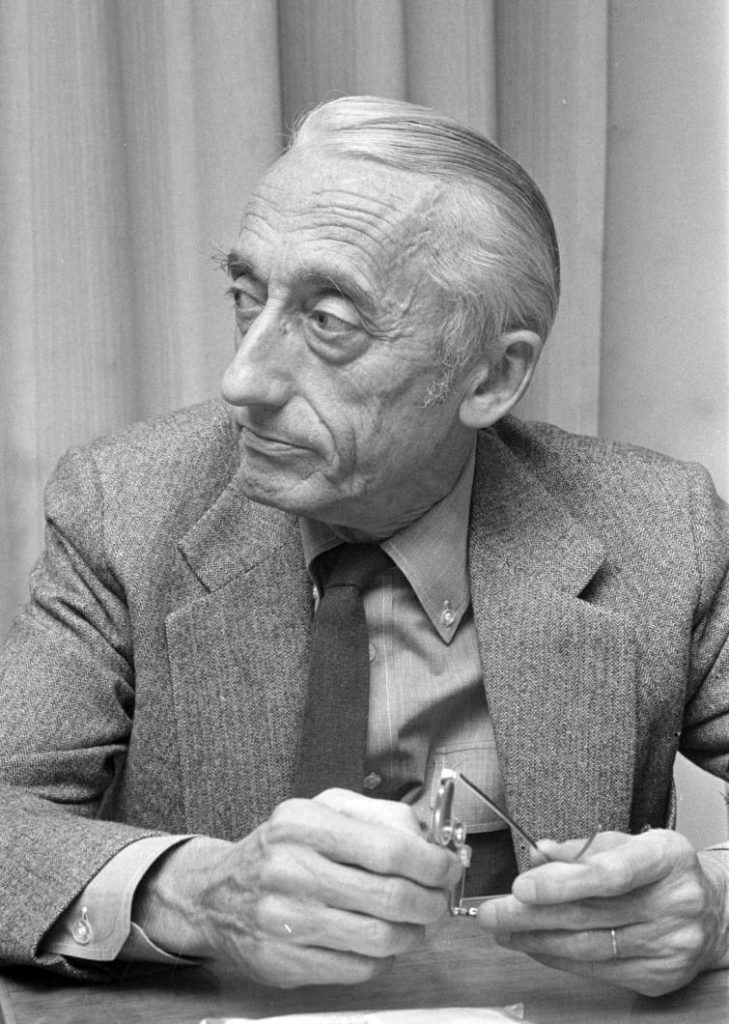In this breathtaking feature-length documentary from 1982, oceanographer Jacques Cousteau and an NFB crew sail up the St. Lawrence River to the Great Lakes aboard the Calypso, a specially outfitted vessel. They fly around the countryside in their helicopter and dive to the bottom of the sea in their diving saucer. They come across shipwrecks, the Manicouagan power dam, Niagara Falls, the St. Lawrence Seaway locks, and an underwater chase with caribou.

Jacques-Yves Cousteau
Jacques-Yves Cousteau (June 11, 1910 – June 25, 1997) was a French naval officer, divemaster, oceanographer, filmmaker, and author who co-invented the first open-circuit SCUBA set and directed the first underwater documentaries.
Cousteau wrote a number of books about his underwater explorations, the most well-known of which is The Silent World: A Story of Undersea Discovery and Adventure. He belonged to the Académie Française. He turned his book into an underwater documentary called The Silent World, which won the Cannes Film Festival’s Palme d’Or in 1956. It was the only documentary to win the Palme d’Or until Fahrenheit 9/11 won it in 2004.
Following a meeting with American television companies (ABC, Métromédia, and NBC), the series The Undersea World of Jacques Cousteau was created, with the character of the commander in the red bonnet inherited from standard diving attire intended to give the films a “personalized adventure” style. From 1966 to 1976, this documentary television series aired for ten years. The Cousteau Odyssey, a second documentary series, aired on public television stations from 1977 to 1982.
“The sea, the great unifier, is man’s only hope. Now, as never before,
the old phrase has a literal meaning: We are all in the same boat.”
Jacques Cousteau






